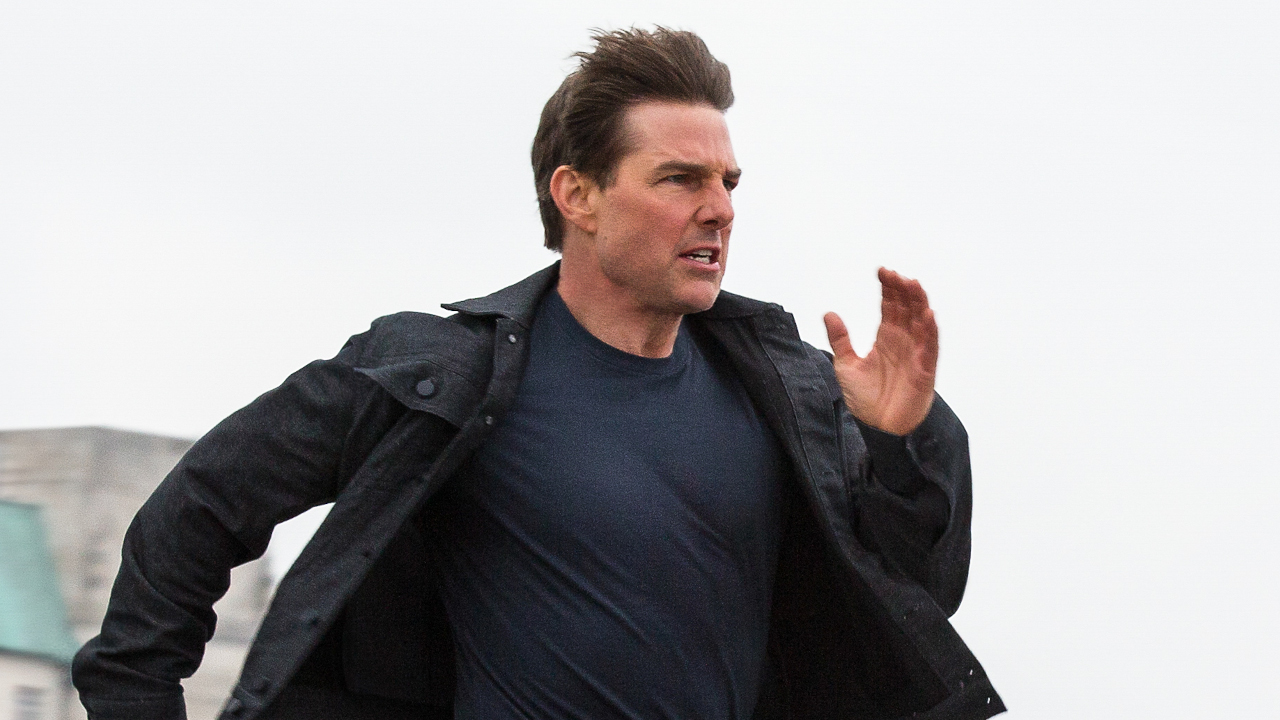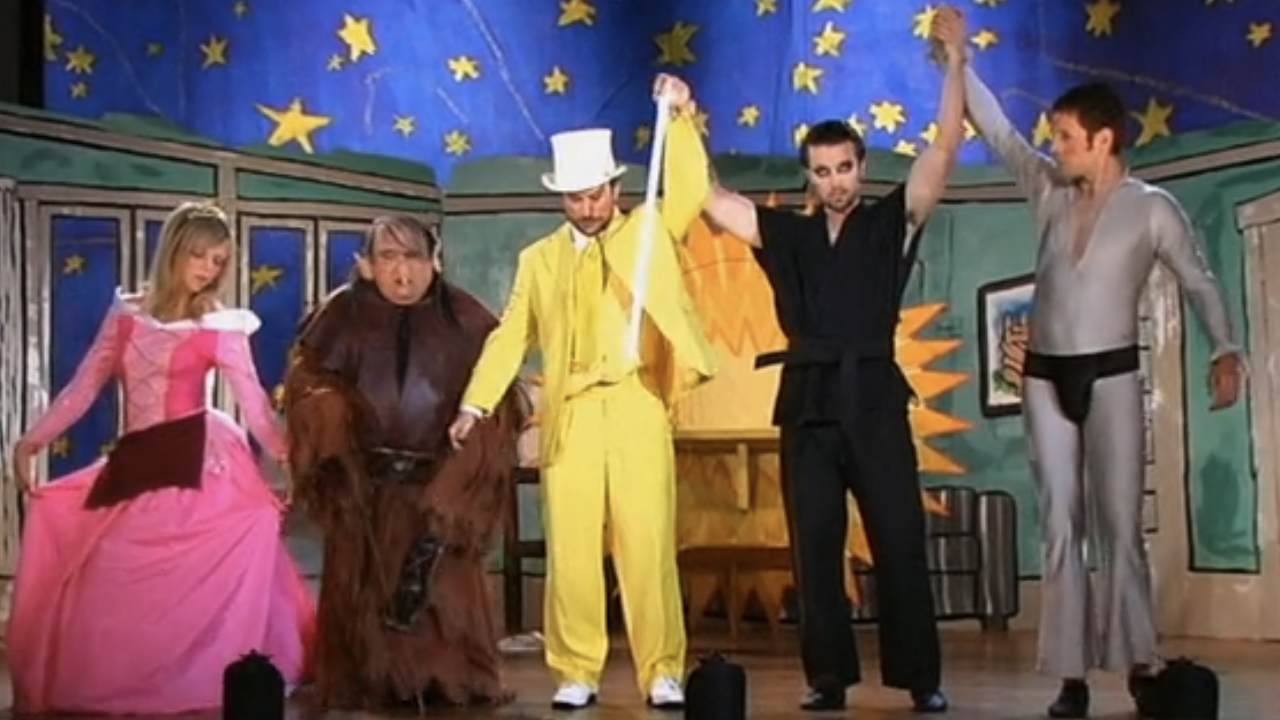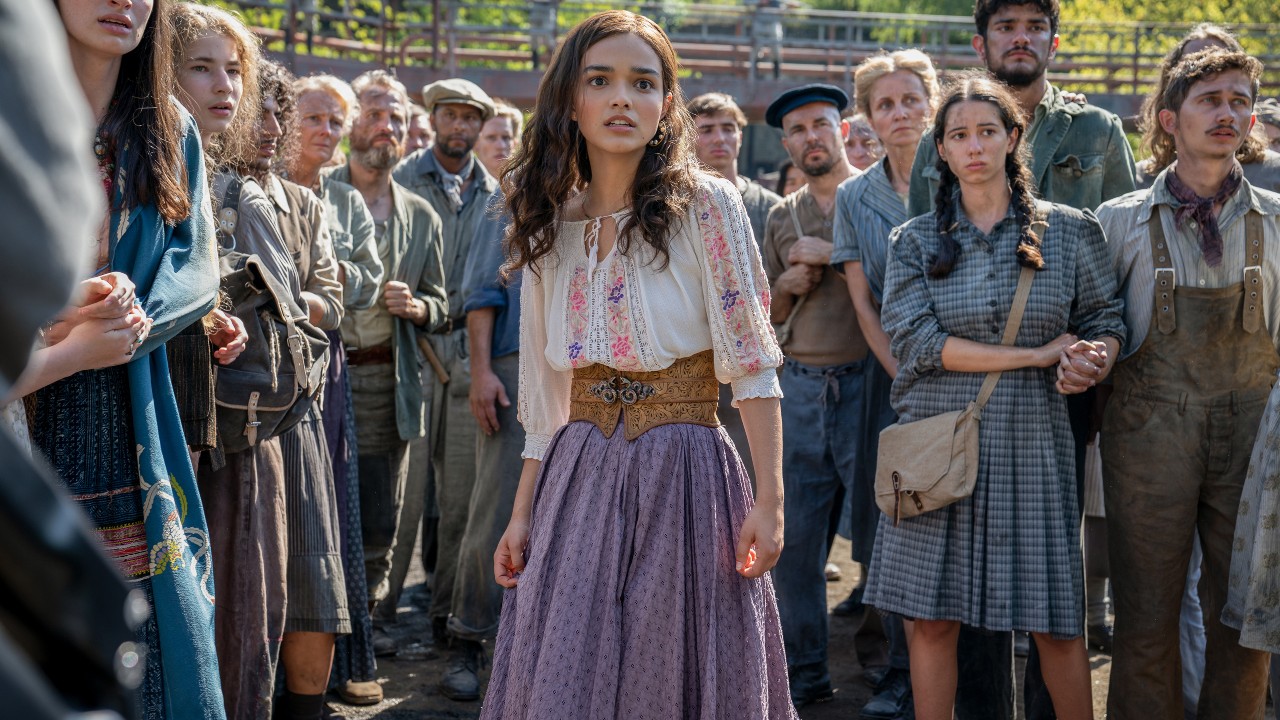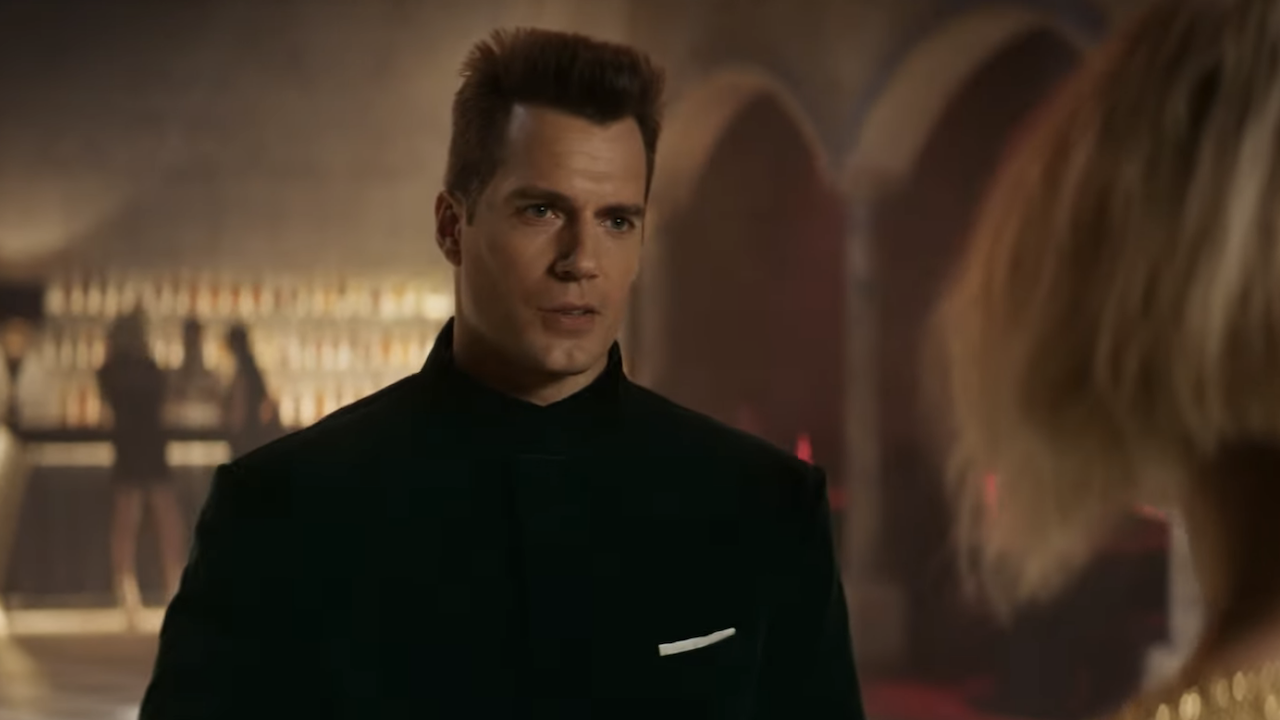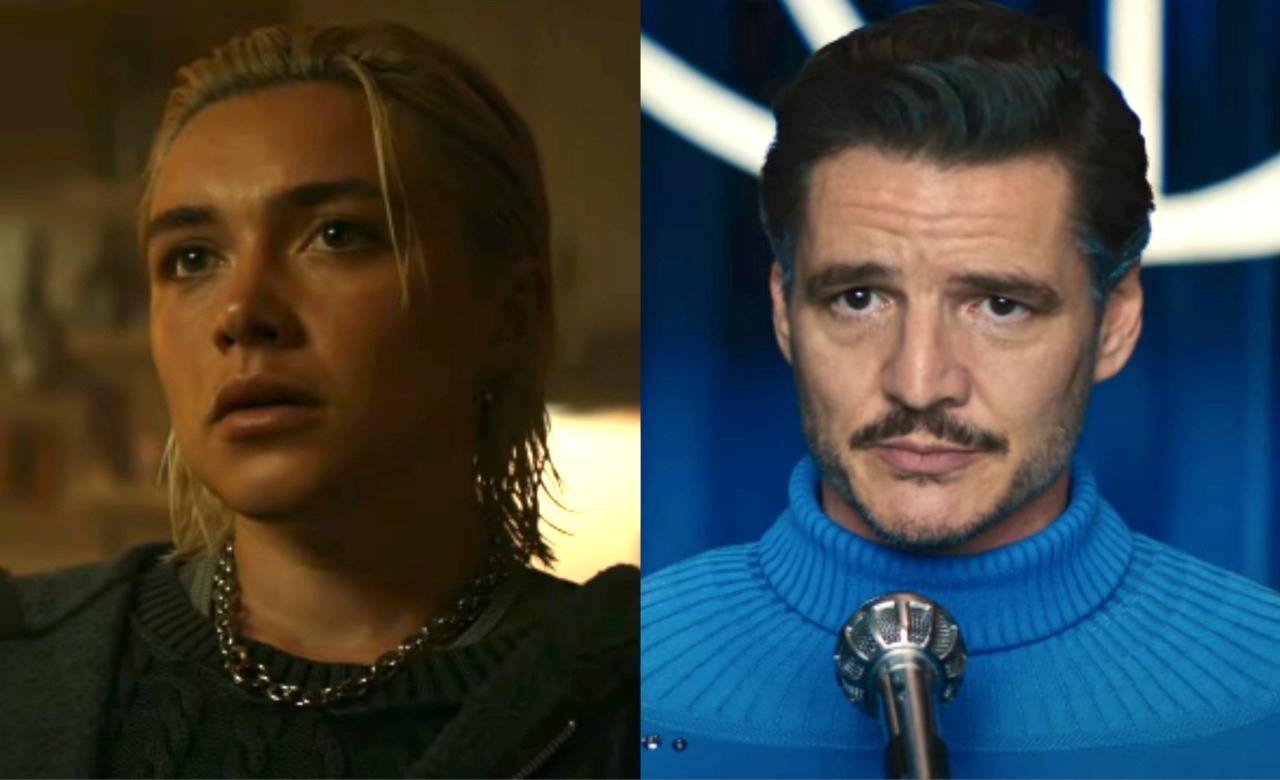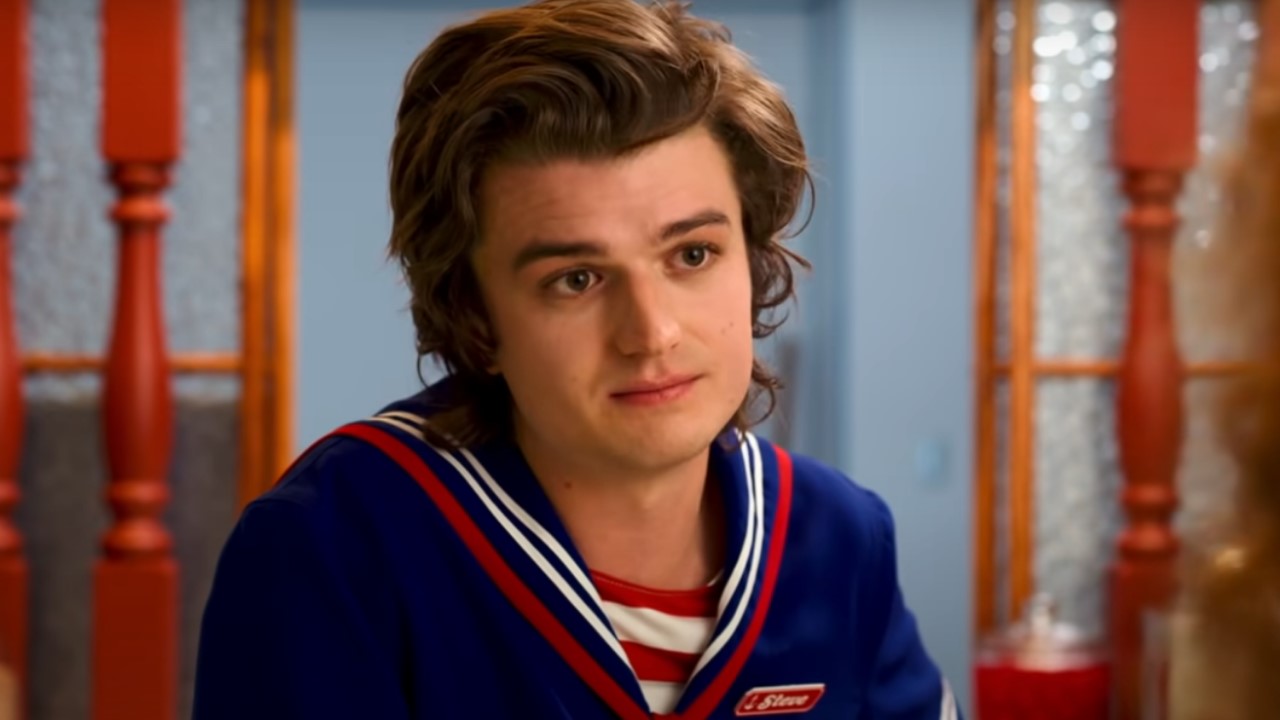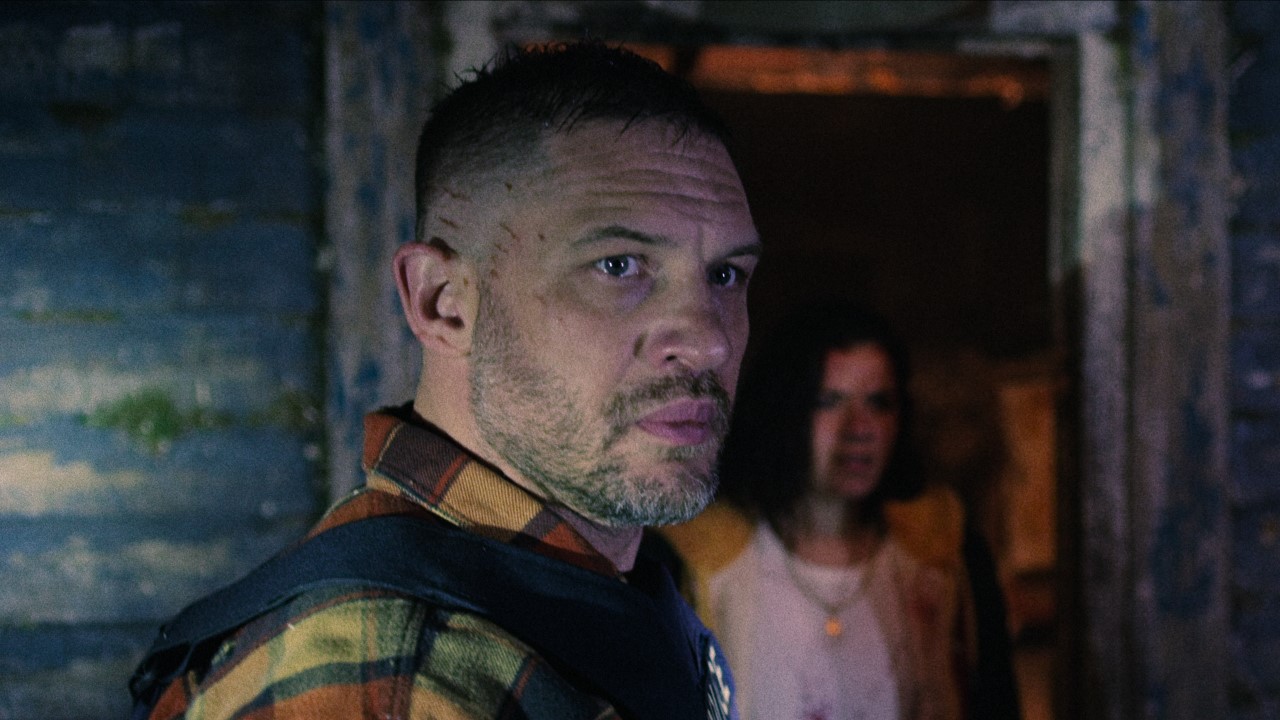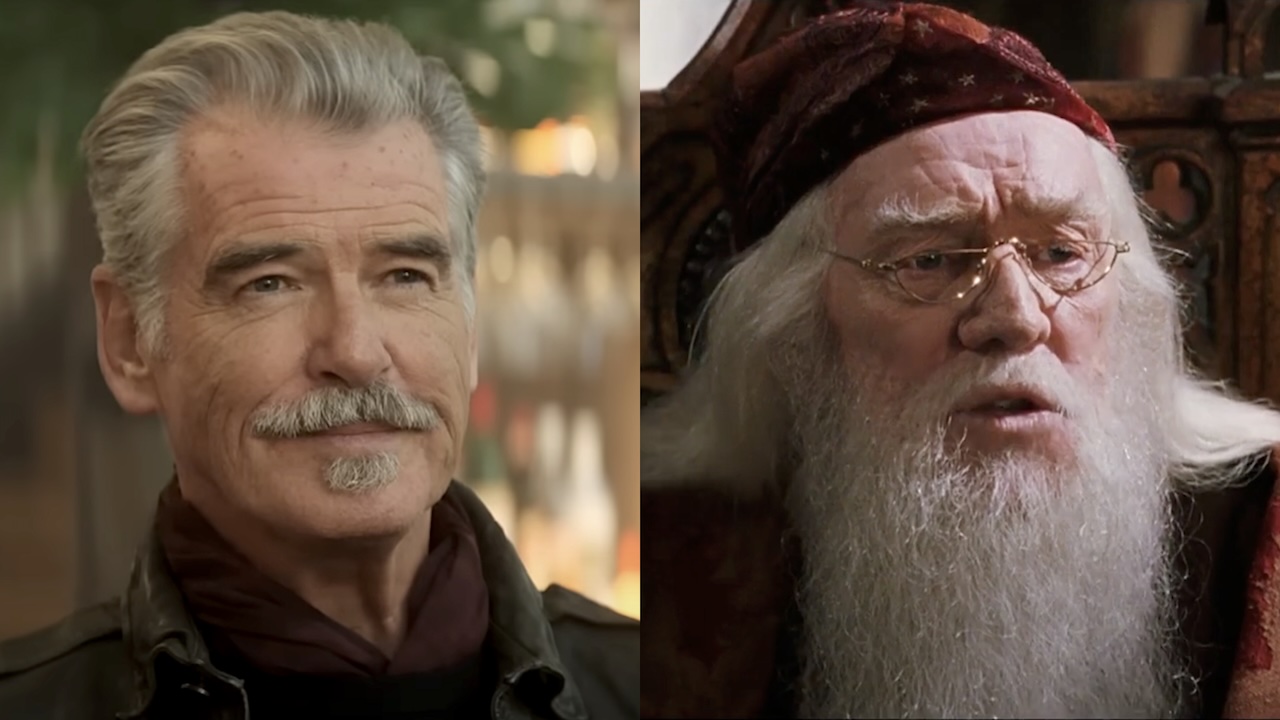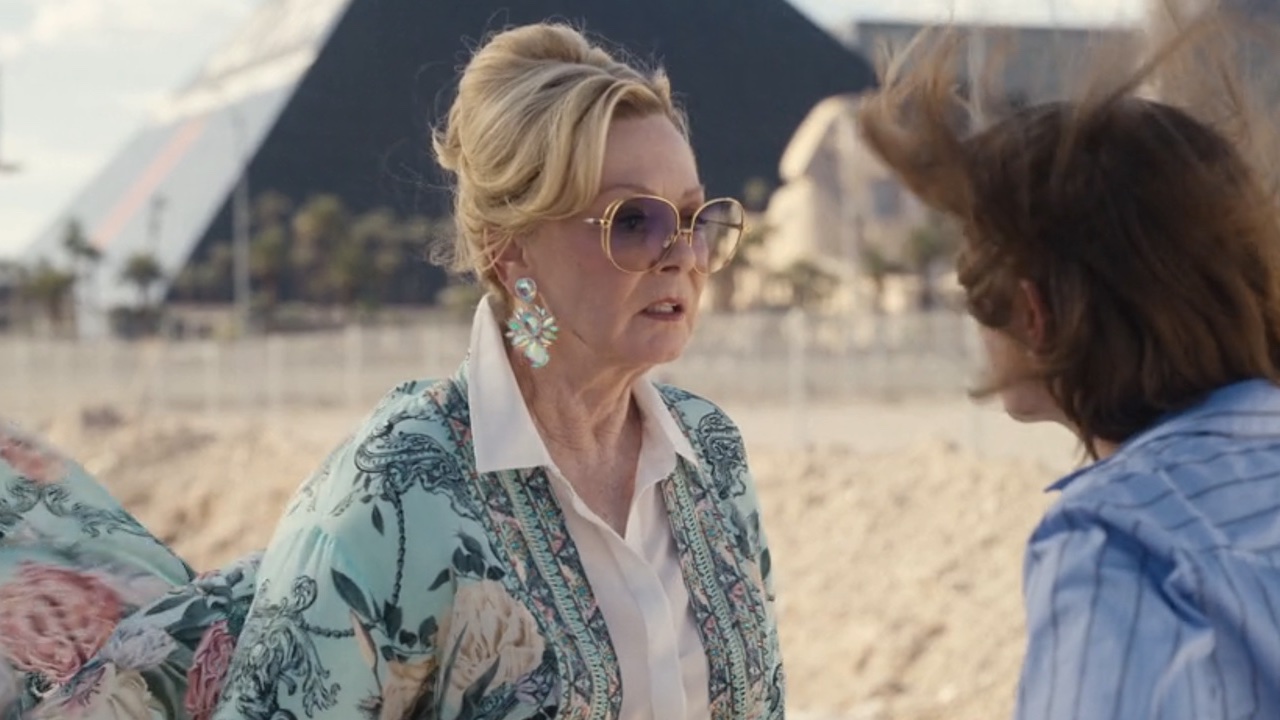To 3D Or Not To 3D: A Guide To Choosing The Right Cars 2 Ticket
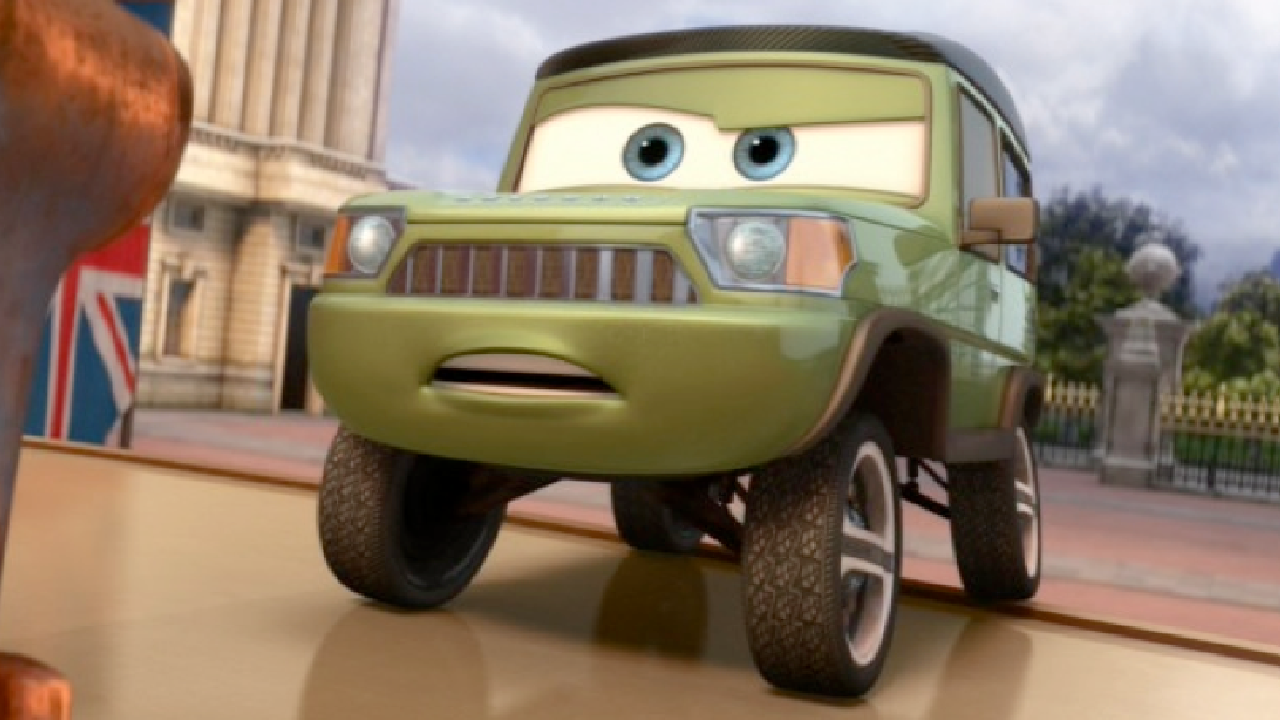
If you take your kids to see Cars 2 this weekend, the biggest decision you’ll face at the box office isn’t when to see it, but how to see it. Like almost every major movie released this year Cars 2 will be offered both in 2D and 3D showings. Those 3D showings will come with a hefty ticket surcharge, which will raise the price of taking your brood to Pixar’s latest. But is it worth all the extra money? We’re here to help you figure it all out.
“To 3D Or Not To 3D” is our ongoing series of guides analyzing the technical achievement of the 3D used in Hollywood’s big releases. This article will not analyze the relative merits of Cars 2 as a film (for that read my review), instead what I’m giving you here is an unbiased breakdown of the movie’s 3D on a technical level. To make it easier for you to digest, we break Cars 2’s 3D down into a simple, 7-point rating system that will help you determine whether to see Cars 2 in 2D or 3D. Read on and enter the third dimension.
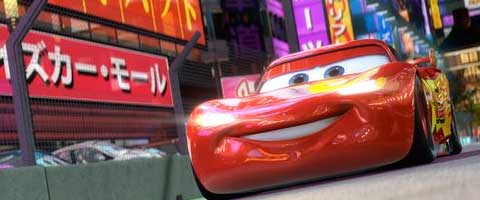
Does It Fit?
3D was made for big summer blockbusters and it works best when those summer blockbusters contain a lot of computer generated images, since 3D works better on those sharply defined lines of artificially created images. Cars 2 is, of course, entirely computer animated which makes it a great fit for 3D conversion. More than that though, most of the computer generated images in this movie are cars, with their flat surfaces, sharp corners, and angles they’re the type of images that seem ideally suited to take full advantage of 3D in the best way possible. If you’re going to make a movie 3D, Cars 2 is a better candidate for the format than most.
Fit Score: 5/5
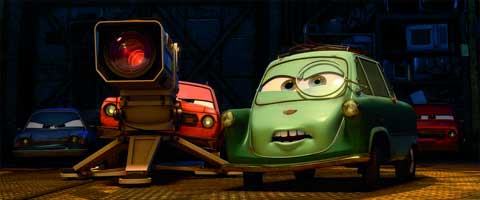
Planning & Effort
Normally this is the spot where I’d talk about whether or not the movie in question was shot in 3D or post-converted, but on a computer animated film it’s not really so relevant. What’s more critical here is that they planned the movie, from the beginning, as a 3D feature. Director John Lasseter confirms, “it’s really made with 3D in mind.” For Pixar that meant more than just coming up with things to throw at the camera, they even crafted the different elements in the film to maximize the effect of the 3D element. Lasseter explains, “Things are very reflective to make it very glitzy and glamorous and sexy and cool. But it’s also thought out, because the lighting adds a tremendous amount of depth in 3D. Wet streets, shiny cars, shiny buildings. It’s like, wow!”
Effort Score: 5/5
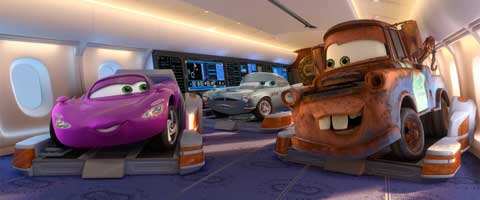
Beyond the Window
CINEMABLEND NEWSLETTER
Your Daily Blend of Entertainment News
Done right 3D can be used to give the illusion of depth, creating the feeling that instead of looking at a picture projected on a flat surface, you're looking through a window into another world which exists just out of your reach on the other side of the screen. Cars 2 does that brilliantly, maybe better than any other movie you’re likely to see in 3D this year. Part of it is, as mentioned by Lasseter above, the textures and surfaces they’ve used within the film. It all looks vibrant and alive, like something which exists deep inside the screen. Pixar really goes out of their way to make the movie feel as immersive as possible in 3D, it never feels two-dimensional, every scene has depth and dimension. It’s perfect.
Beyond the Window Score: 5/5
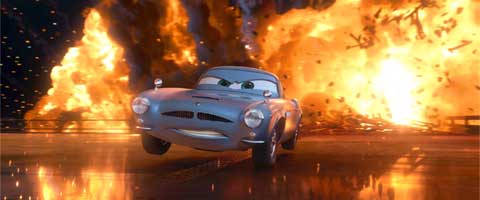
Before the Window
Done right 3D can make it seem as though objects in the film are actually out in front of the “window” or the box outline of the screen. Done wrong this can become a cheap gimmick where stuff flies out of the screen to deliver cheap scares, but done right a movie can utilize this aspect of 3D technology to help tell its story, to wow its audience, to draw them even further into the film. Pixar however, doesn’t believe that’s true and has repeatedly characterized Before the Window use of the technology as a gimmick. So they don’t even try. During the credits sequence there’s a couple of flags that seem to stick out of the screen and float over the audience’s head, but the truth is that Pixar is only using half the available power of 3D on this movie. They’re only interested in depth, and they ignore the possibilities presented by 3D for doing anything else.
Before the Window Score: 1/5
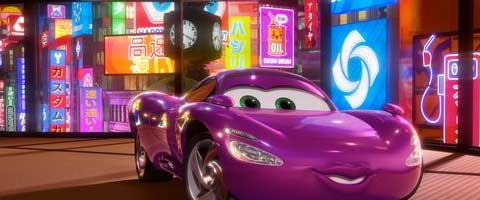
Brightness
When you put on a pair of 3D glasses, you're basically putting a filter between yourself and the screen, like wearing sunglasses in a movie theater. Because of this, the quality of the projector used by your local movie theater may have great impact on how the film looks, but the best 3D films try to account for this by using only bright, sharply defined images in their story. Cars 2 does that better than just about everyone. Even night scenes seem brilliantly lit, by the neon signs of Tokyo or bright lights shining down at the track. And because it’s a movie about cars, most of the characters themselves are vibrant colors. Lightning McQueen is bright red, Finn McMissile is a shiny, reflective silver. Pixar takes it a step further by playing with different textures and things like water reflecting and shining on the road, to make sure that there’s never a dark moment in the film which might leave you lost behind the haze created by your 3D glasses.
Brightness Score: 5/5
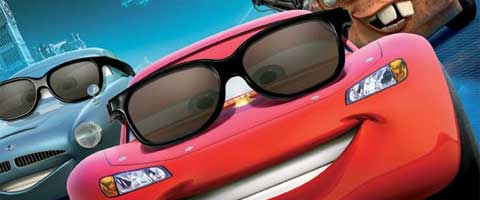
The Glasses Off Test
Take off your 3D glasses while you're watching a good 3D movie, and the picture in front of you will become a blur. A simplistic explanation is to say that the blurrier the images you see the more fully utilized the movie’s 3D is. To test that I took my 3D glasses off periodically throughout Cars 2 and instantly noticed a huge difference. The film on screen was a consistent blur, any time I looked. Even in close up shots, where other 3D movies might cheat and reduce the depth (or occasionally alter it to make wider shots seem deeper by contrast), Cars 2 keeps the 3D cranked up to the max. Instead of varying the level of 3D being used in the movie to create contrast in scenes, Pixar does it with textures and lighting, allowing them to make full use of 3D throughout the movie’s entire running time.
Glasses Off Score: 5/5

Audience Health
Some people can’t see 3D at all, others get sick no matter what. This score is aimed more at hardy moviegoers, people who only get sick occasionally from 3D. That sort of reaction is usually caused by a movie that’s just not bright enough, or by badly executed post-conversion, or sometimes just bad projection. It’s like getting seasick when it happens. That’s unlikely to be a problem with Cars 2, the movie’s so bright and carefully crafted that odds are almost everyone, even in the worst possible movie theater, will walk out feeling just as good as they felt when they walked in. Leave your 3D barf bags at home.
Health Score: 5/5
| SCORES RECAP | |
| 3D Fit | 5 |
| Planning and Effort | 5 |
| Beyond The Window | 5 |
| Before The Window | 1 |
| Brightness | 5 |
| The Glasses Off Test | 5 |
| Audience Health | 5 |
| Total Score | 31 (out of a possible 35) |
This poll is no longer available.
Final Verdict: This is Pixar’s third attempt at releasing a 3D movie, and it’s by far their best. They get almost everything right, and if only they’d put forward the extra effort necessary to deliver a few “Before the Window” thrills along with everything else, this would easily rank as one of the best 3D movies ever released. They didn’t, and so all I can tell you is that what they’ve done here is really, really good. Buy a 3D ticket and you won’t be disappointed.
For more 3D analysis, visit our To 3D Or Not To 3D archive.

